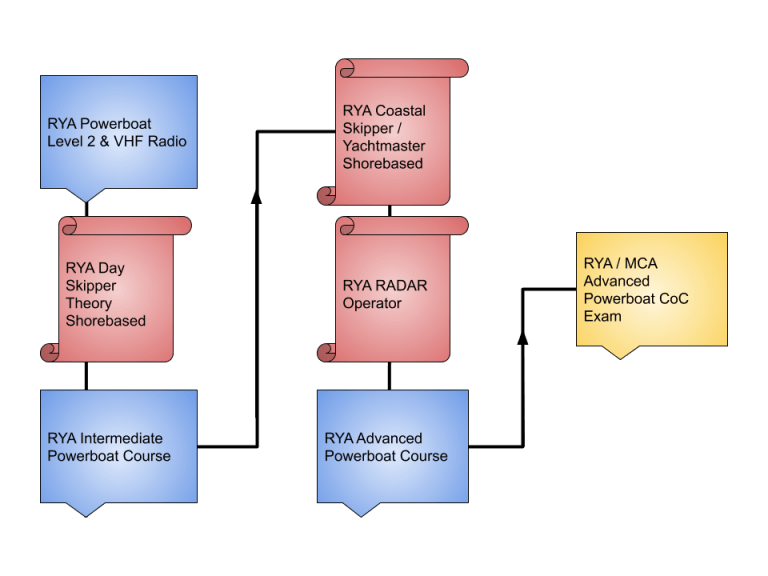This article will show you how to calculate clearance under bridges & cables. We often need to do this in order to see if our vessel can fit underneath. Or we may have to work our when our vessel can fit underneath as it may need the tide to fall to a certain level.
When working out this puzzle, the first thing we need to do is find the charted height of the bridge or overhead obstruction. We can either find this on the chart itself or by looking up the information in an almanac or pilot book.
Overhead clearances under bridges & cables are measured above something called HAT or Highest Astronomical Tide. This is the highest a tide can rise due to influence of celestial bodies and weather. For a reminder of the different tide levels take a look at the image below or click through to the video.

So the next step is to find the height of HAT from the tide tables. Once we have done this we know the height of the bridge and the level above which it is measured.
The thing with HAT though is that it’s not that common. HAT is the highest a tide can be expected to rise. However, the tide often falls short of that level. This means that we often have some extra space. This space comes from the difference between the height of tide (HoT) on the day and HAT.
In order to find this extra bit of space we need to use a tidal curve or an App to get the height of tide. We can then take the height of tide off of HAT. This is our extra bit of space.
HAT – HoT = extra space
You can refresh yourself on tidal curves here if you need to:
The Final Calculation
To calculate clearance under bridges & cables then, all you need to do is add the charted height and the extra bit of space together. This will then give you the total space available for a given time on a given day.
In order to see if you will fit under the bridge take the air draft of your vessel from the total space available. If the answer is positive then you can make your way underneath safely. The air draft is the height of the vessel from the waterline to the very top.
Here’s a summary of the steps to take:
- Get the charted height from the chart or almanac
- Get the level of HAT from the tide tables
- Calculate the height of tide (HoT) using the tidal curve (or use an App)
- Take the HoT from HAT to work out the extra space
- Add the extra space to the charted height for total clearance
- Take the air draft of the vessel from the total clearance to see if the vessel can fit
Calculate Clearance Under Bridges & Cables Cheat Sheet
As always, we have produced a free cheat sheet for you to use. It will make the steps super simple and help to keep you organised as well. We find the best thing to do is laminate it. Then you can use it again and again with a dry wipe marker pen or china-graph pencil ?
Please don’t forget to like, comment and share.
Our complete set of Knowledge Cards are available from our shop
-
 Skippers Knowledge Cards£19.99
Skippers Knowledge Cards£19.99



